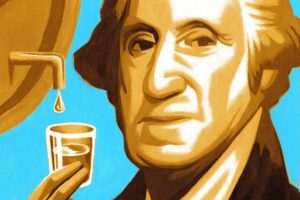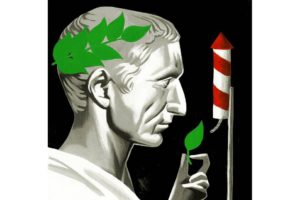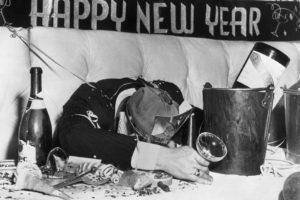Human beings have always marveled at displays like this weekend’s Quadrantids, but now we can understand them as well.
January 1, 2021
If you wish upon a star this week, you probably won’t get your heart’s desire. But if you’re lucky, you’ll be treated to an outstanding display of the Quadrantids, the annual New Year’s meteor shower that rivals the Perseids in intensity and quality of fireballs. The Quadrantids are exceptionally brief, however: The peak lasts only a few hours on January 2, and a cloudy sky or full moon can ruin the entire show.

A long-exposure photograph of the Draconid meteor shower in October 2018.
PHOTO: SMITYUK YURI/TASS/ZUMA PRESS
Meteor showers happen when the Earth encounters dust and rock sloughed off by a comet as it orbits the sun. The streaks of light we see are produced by this debris burning up in the Earth’s atmosphere.
Human beings have been aware of the phenomenon since ancient times. Some Christian archaeologists have theorized that the biblical story of Sodom and Gomorrah was inspired by a massive meteor strike near the Dead Sea some 3,700 years ago, which wiped out the Bronze Age city of Tall el-Hammam in modern Jordan.
Aristotle believed that comets and meteors weren’t heavenly bodies but “exhalations” from the Earth that ignited in the sky. As a result, Western astronomers took little interest in them until the rise of modern science. By contrast, the Chinese began recording meteor events as early as 687 B.C. The Mayans were also fascinated by meteor showers: Studies of hieroglyphic records suggest that important occasions, such as royal coronations, were timed to coincide with the Eta Aquarid shower in the spring.








